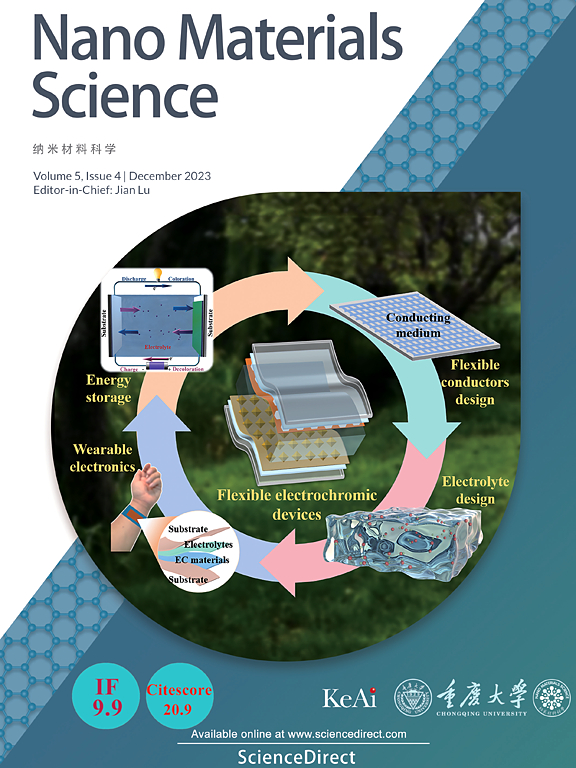Advances and prospects in the development of GdVO4-based photocatalysts for water pollutants removal activity: A review
IF 17.9
2区 材料科学
Q1 Engineering
引用次数: 0
Abstract
Human society is currently facing significant and pressing issues in the form of serious environmental pollution and energy shortages, which have arisen owing to the rapid development of the economy and contemporary industry. Photocatalysis has considerable potential as a viable technique for providing sustainable and environmentally friendly energy sources. The use of lanthanide-based photocatalysts on supporting substrates has garnered significant attention over the past decade within the scope of organic pollution remediation. Owing to its unique and promising bandgap, electrical conductivity, and stability, traditional GdVO4 exhibits remarkable photocatalytic performance with ongoing advances and advancements. This review provides an overview of the latest advancements in the modification techniques employed for GdVO4-based photocatalysts, with a specific focus on their application in the photocatalytic degradation of organic pollutants. The supplied information provides a concise overview of current obstacles, limitations, advancements, mechanisms, and potential prospects for new opportunities. This review is anticipated to provide a significant reference and scientific justification for the active development of GdVO4-based materials for environmental applications.
基于 GdVO4 的光催化剂在开发水污染物去除活性方面的进展和前景:综述
由于经济和现代工业的快速发展,人类社会面临着严重的环境污染和能源短缺等重大而紧迫的问题。光催化作为一种提供可持续和环境友好型能源的可行技术具有相当大的潜力。在过去的十年中,镧系光催化剂在载体上的应用在有机污染修复领域得到了广泛的关注。由于其独特的带隙、导电性和稳定性,传统的GdVO4表现出卓越的光催化性能,并不断发展和进步。本文综述了基于gdvo4的光催化剂改性技术的最新进展,重点介绍了其在光催化降解有机污染物方面的应用。所提供的信息简要概述了当前的障碍、限制、进展、机制和新机会的潜在前景。本文综述为积极开发环境应用的gdvo4基材料提供了重要的参考和科学依据。
本文章由计算机程序翻译,如有差异,请以英文原文为准。
求助全文
约1分钟内获得全文
求助全文
来源期刊

Nano Materials Science
Engineering-Mechanics of Materials
CiteScore
20.90
自引率
3.00%
发文量
294
审稿时长
9 weeks
期刊介绍:
Nano Materials Science (NMS) is an international and interdisciplinary, open access, scholarly journal. NMS publishes peer-reviewed original articles and reviews on nanoscale material science and nanometer devices, with topics encompassing preparation and processing; high-throughput characterization; material performance evaluation and application of material characteristics such as the microstructure and properties of one-dimensional, two-dimensional, and three-dimensional nanostructured and nanofunctional materials; design, preparation, and processing techniques; and performance evaluation technology and nanometer device applications.
 求助内容:
求助内容: 应助结果提醒方式:
应助结果提醒方式:


